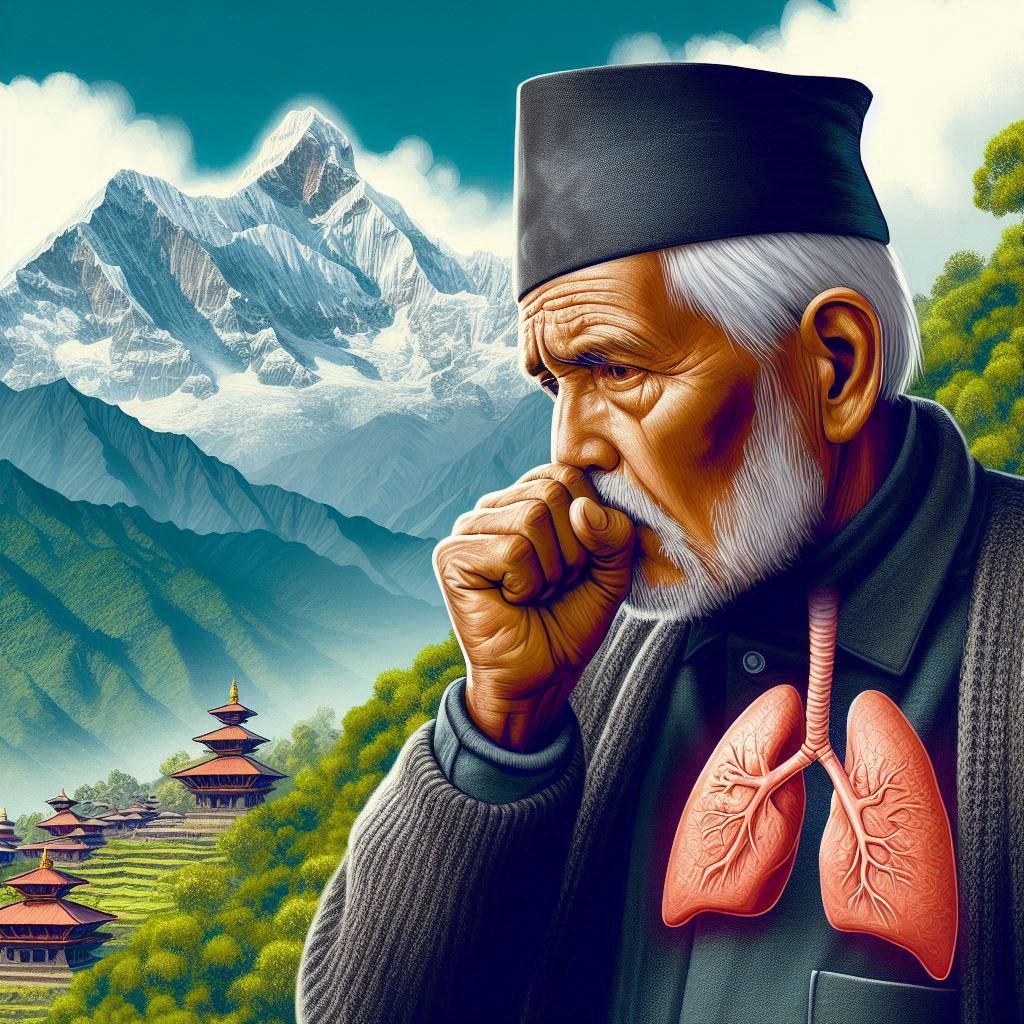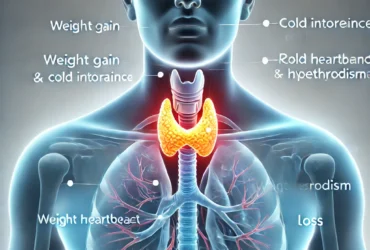Introduction
Asthma is a widespread chronic respiratory disease that affects millions of people around the world, and Nepal is no exception. With changing environmental factors, urbanization, and pollution levels, asthma is becoming an increasingly prevalent health concern. It is vital for individuals to understand the condition, its symptoms, causes, and available treatment options to manage and live a healthy life despite the challenges posed by asthma.
What is Asthma?
Asthma is a condition in which the airways in the lungs become inflamed and narrowed, making it difficult to breathe. This leads to symptoms such as wheezing, coughing, shortness of breath, and chest tightness. Asthma is a chronic condition, but with the right management, individuals can lead a normal, active life.
Prevalence of Asthma in Nepal
Asthma is one of the leading chronic diseases in Nepal, with increasing numbers of both children and adults being diagnosed each year. Factors such as pollution, tobacco smoke, dust, and allergens in the environment contribute significantly to the rising cases. According to recent studies, asthma affects a significant percentage of Nepal’s population, with many cases going undiagnosed or misdiagnosed due to a lack of awareness and proper medical infrastructure in rural areas.
Symptoms of Asthma
Common symptoms of asthma include:
- Wheezing: A high-pitched sound while breathing, especially during exhalation.
- Coughing: Often worse at night or early in the morning.
- Shortness of breath: Difficulty breathing, especially after physical activity or during an asthma attack.
- Chest tightness: A feeling of pressure in the chest, making it difficult to take a deep breath.
Causes of Asthma
Asthma is primarily caused by a combination of genetic and environmental factors:
- Genetic factors: A family history of asthma or other allergic conditions such as hay fever or eczema can increase the likelihood of developing asthma.
- Environmental factors: Exposure to pollutants, dust, tobacco smoke, strong odors, and allergens such as pollen, mold, and pet dander can trigger asthma symptoms.
- Respiratory infections: Viral respiratory infections, especially in childhood, can increase the risk of developing asthma.
Managing Asthma in Nepal
While asthma is a chronic condition, it can be effectively managed with proper care and medication. The first step in managing asthma is recognizing the symptoms early and seeking medical attention. Once diagnosed, asthma can be controlled with the following strategies:
- Medication: Inhalers (both reliever and preventer inhalers) are the primary treatment for asthma. Long-term control medications help reduce inflammation in the airways, while quick-relief inhalers provide immediate relief during an asthma attack.
- Lifestyle modifications: Avoiding triggers such as allergens, pollutants, and tobacco smoke can help prevent asthma attacks. Wearing a mask in areas with heavy air pollution and keeping living spaces clean can also contribute to better asthma control.
- Regular monitoring: Individuals with asthma should regularly monitor their symptoms and peak flow rates (using a peak flow meter) to ensure their condition is under control.
Asthma Awareness in Nepal
Despite the high prevalence of asthma, many people in Nepal are not fully aware of the condition or its proper management. Increasing public awareness about asthma’s symptoms, causes, and treatment options is crucial. Early diagnosis and timely treatment can help individuals manage their condition effectively and avoid unnecessary complications.
Conclusion
Asthma is a growing health concern in Nepal, but with the right knowledge and management, individuals can lead a healthy and active life. If you or someone you know is experiencing symptoms of asthma, consult a healthcare professional for proper diagnosis and treatment. Don’t let asthma control your life—take the necessary steps to manage it today.
📞 01-4531078 or 01-4543386






